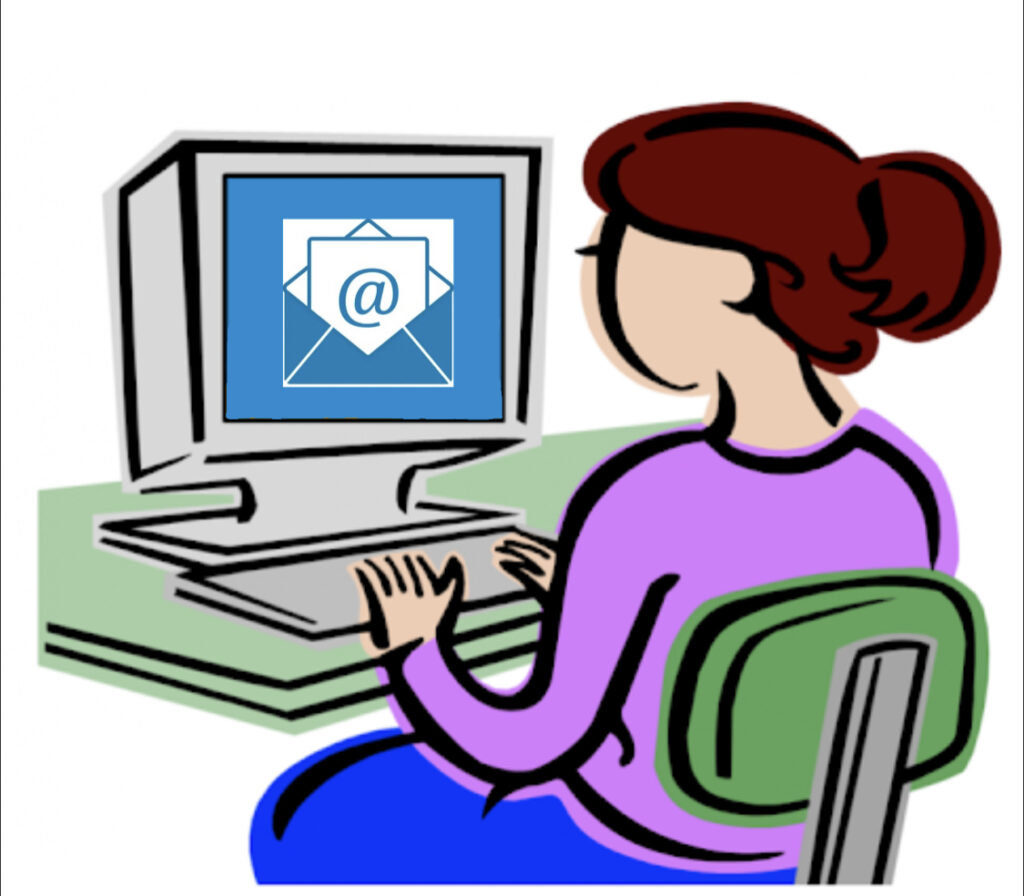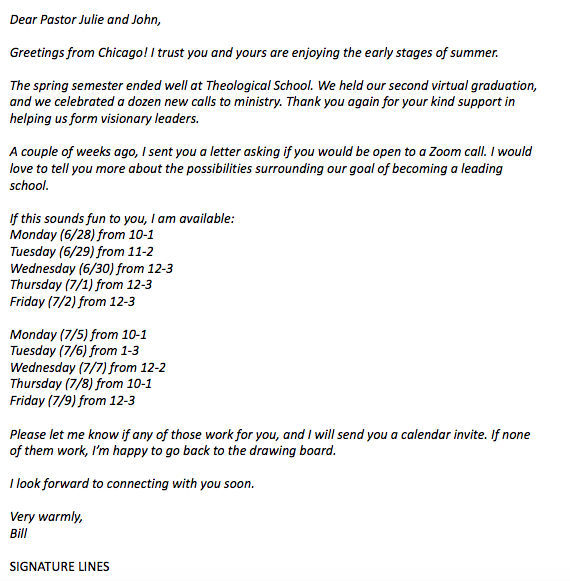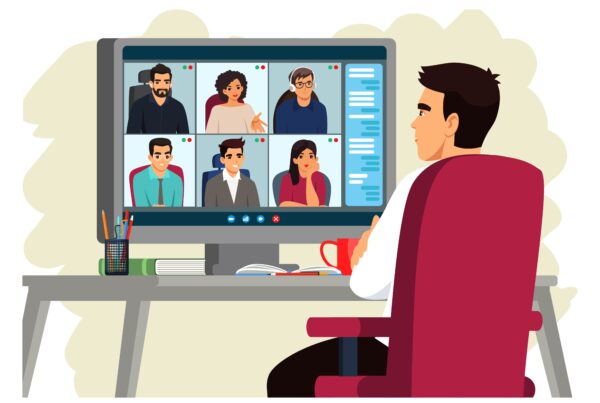
In this multi-post blog series, we will outline basic ways you can build a successful fundraising strategy at your nonprofit. Be sure to check back in!
If you want to generate a sustainable pipeline of philanthropic revenue, it is essential that you periodically close what is called a “major gift.” The exact size of what counts as a major gift changes from organization to organization, depending on your budget. A general rule of thumb is that the value of a major gift ranks in the top 10% of gifts to your organization. Use the 80-20 principle – major gifts are the gifts made by 20% of your donors, but they make up 80% of your annual revenue. Though nowadays, the 80-20 rule is actually 90-10, or even 95-5.
Point is: you need them. You need to spend time each week cultivating major gifts to ensure that your organization maintains a pipeline of sustainable philanthropic revenue.
So how do you do that? How do you land major gifts?
It all starts with a visit.
In fact, landing a visit with the right major gift prospect means you are already well on your way to closing a major gift. Donors know what you are about. Your title is ‘Director of Development’ or ‘Executive Director,’ and you work at a nonprofit. They know you’re going to ask them for money. So when they say yes to your visit, they are already opening the door for an ask.
Here are four tips for landing visits with major gift prospects:
#1 – Find the Right Prospects

I’ve already written on this here and here. The single most important step in closing a major gift – and in landing a visit with a major gift donor – is to find the right donors.
I’ll put it very simply: the first thing you want to do is find donors who already care about your organization.
And you find those donors by following recent giving.
If a donor is super wealthy but hasn’t given you anything for five years, chances are they’re not gonna take your call. That doesn’t mean you should ignore them. Be gently persistent in your outreach and your cultivation. But don’t assume that just because someone has a lot of money they’re gonna give you a lot of money.
You can fill the gap of immediacy (you need major gifts now) by starting with those who have given you the biggest gifts the most recently. They’re the ones who are going to want to meet.
#2 – Give them a ‘heads up’ that you’ll be reaching out.

In my first major gift job I learned a term from a seasoned fundraiser: ‘Pre-approach.’ A ‘pre-approach’ is some sort of contact that lets the donor know you’re going to be reaching out to ask them for a visit. It makes the ‘cold call’ a little warmer.
Here’s a sample:

*You can also place your business card in the pre-approach, but that can get expensive if you’re sending out a bunch of pre-approach letters.
**I also recommend including a headshot of your smiling face. It lets the donor know you’re a real person, and it’s harder to say no to a real person.
#3 – Follow up the pre-approach personally, 2-5 days after the donor receives it.

I usually start with email, especially if you are requesting a virtual visit. It’s a little less invasive, and it’s a little less weird than making a phone call to ask for something like a phone call.
When you write your email, be sure to start with a hug. Remind the donors how much you appreciate them, how important they are to your mission, and that you simply can’t wait to meet with them.
Then be sure to give them blocks of time when you are available and ask them to choose among those blocks of time.
I remember reading about this years ago in Laura Fredericks book Developing Major Gifts. It’s polite to the donor. You’re the one taking the lead in initiating an actual meeting. You’re not assuming anything, including whether they want to meet or when they want to meet. It’s the difference between ‘have your people call my people’ and ‘Let’s meet Monday at 9am.’
Here’s a sample pre-approach follow up:

*Now, don’t expect the visits just to roll in when you do this. In my experience, it takes about 10 emails to get 1 visit – and that’s with the good donors. So stay the course, remain optimistic, and be gently persistent.
#4 – Make a phone call

If you’ve reached out to the donor by mail then email and not heard back from them, try a phone call.
These can be both incredibly rewarding and rather depressing. I’ve been hung up on, laughed at, cussed out (no joke), preached to, and had to sit through lengthy diatribes that I thought would never end.
But I’ve also had phone calls where donors were excited to hear from me. Hearing the name of the organization where I worked brought back positive feelings for them, and they would laugh and smile and tell me about their experiences and their love for the organization. I’ve also had donors cry over the phone, telling me about their classmates or their deceased spouse.
Before you dive into your calls, give yourself a little pep talk. Have your coffee handy. Smile. Get prepped. And start with a donor somewhere in the middle of your list – to get warmed up for the most important ones.
Main thing – have your list in front of you, tick away at it, be happy and cheerful. And since you’ve already given the donor a ‘heads up’ that you’re going to call, you’ve got a better chance of having a positive interaction with them.



